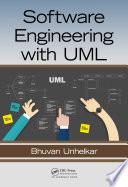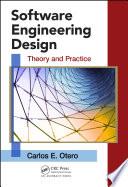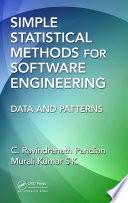
Public Transit Planning and Operation
Modeling, Practice and Behavior, Second Edition
Addresses the Challenges Facing Public Transport Policy Makers and Operators Public Transit Planning and Operation: Modeling, Practice and Behavior, Second Edition offers new solutions for delivering both better services and greater efficiency, solutions which have been developed and tested by the author in over thirty years of research work with mass transit policy makers and operators all over the world. It bridges the worlds of practice and research and academia, provides an overview and a critique of currently used operational planning methods, and furnishes innovative practical techniques and modeling. Improve Service Performance and Successfully Manage the Costs of Operation This new edition brings in new material on timetabling and vehicle scheduling with different vehicle sizes, new methods of designing transit route networks, analysis of transit coordination and connectivity, behavioral aspects of passengers including when making transfers, and innovative methods related to automation and optimization which can be used in real time to significantly improve service reliability. Combines academic research with real-world project experience Focuses on issues encountered in practice Provides unique coverage of the field Public Transit Planning and Operation: Modeling, Practice and Behavior, Second Edition incorporates a series of themes and new ways of thinking about planning and operation. Bridging the gap between theory and application, this text outlines the factors affecting public-transport services, addresses common problems, and offers practical solutions for improvement.
- ISBN 13 : 9780367867607
- ISBN 10 : 0367867605
- Judul : Public Transit Planning and Operation
- Sub Judul : Modeling, Practice and Behavior, Second Edition
- Pengarang : Avishai Ceder,
- Penerbit : CRC Press
- Bahasa : en
- Tahun : 2019
- Halaman : 742
- Google Book : http://books.google.co.id/books?id=vBFDzAEACAAJ&dq=intitle:operation+reseacrh&hl=&source=gbs_api
-
Ketersediaan :
This book examines the main components affecting the viability of a public-transport service from both the passenger and agency perspectives, and offers solutions to well-known problems in the field.









